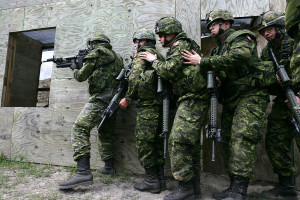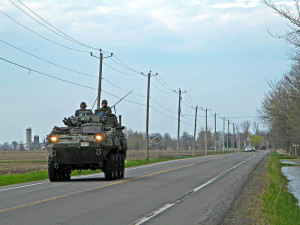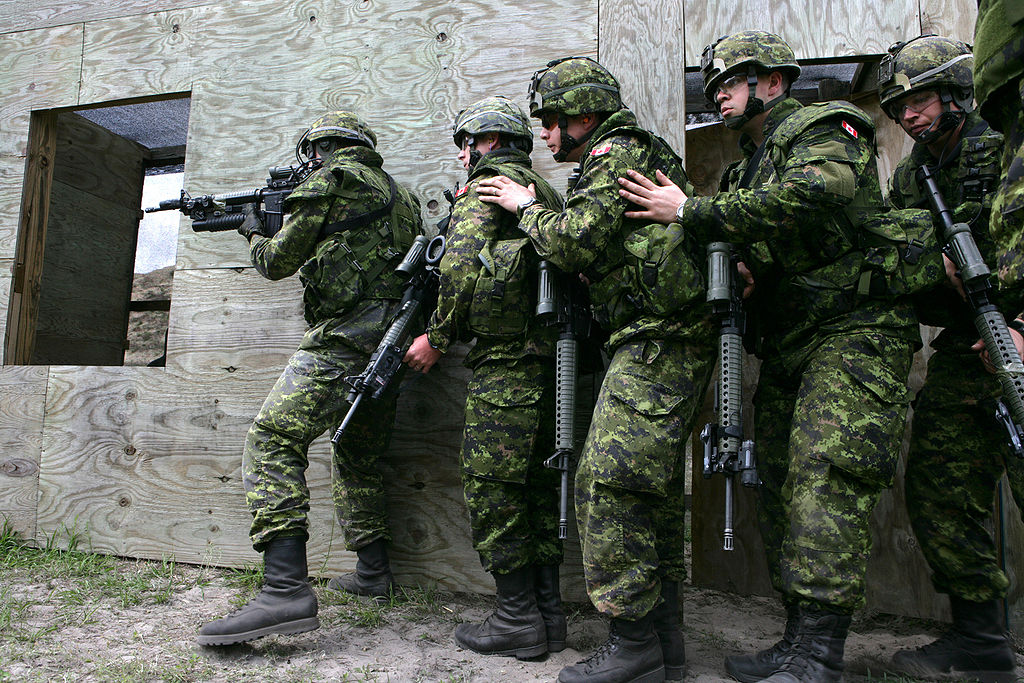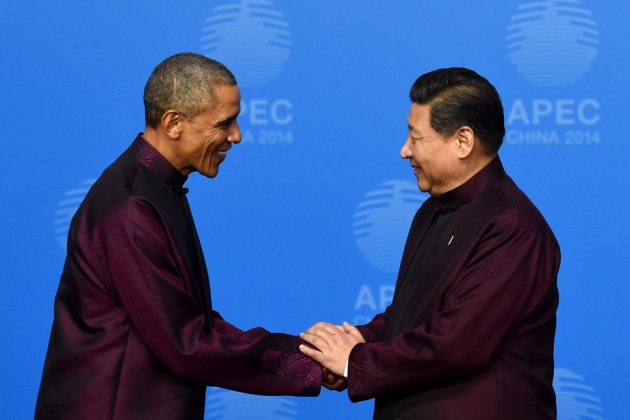In September 2014, the Canadian Army announced an update to its strategic doctrine, issuing the third edition of “Advancing with Purpose: The Army Strategy”. This was accompanied by the publication of a new Army Operating Framework, which sets out how the Army will seek to achieve the objectives of the Canada First Defence Strategy. The original version of “Advancing with Purpose” was published in 2002 as a response to the terrorist attacks of September 11, 2001 and a potential shift in Canada’s role in international security. Since the withdrawal of Canadian troops from Afghanistan in March 2014, there have been pressing questions as to what direction the Canadian Army will take in the coming years and the updates to this branch’s doctrine go some way toward answering these questions.

The revamped strategy for the Canadian Army places considerable focus on the empowerment of platoon and section-level commanders, which is in line with the Strategic Corporals initiative advanced while General Rick Hillier was Chief of Defence Staff from 2005 to 2008. Although the rhetoric of the “Three Block War” has long since been abandoned within the Canadian Forces’ leadership, a relatively similar concept, known as ‘adaptive dispersed operations’ (ADO), will be central to the structure and planning of the Canadian Army.
ADO borrows a great deal from counter-insurgency, focusing on asymmetric threats to Canadian Forces personnel and host countries. It relies on the assumption that the importance of conventional warfare will continue to recede, and it certainly has its roots in Canada’s experience with counter-insurgency operations in Afghanistan. In order to ensure the Canadian Army is able to quickly adapt to the changing tactics of insurgents in future campaigns, the intent is to afford greater autonomy for smaller units and decentralize decision-making at the tactical level. ‘Strategic Corporals’, or non-commissioned officers who have received the leadership training necessary to adapt to changing conditions on the ground, will be better able to succeed in an ADO environment.
The neglect of conventional warfare in the Canadian Army’s recent strategic doctrine has drawn some criticism. While Canadian troops have spent recent years largely operating in ‘failed states’ where there is little in the way of an existing state apparatus, future deployments could include NATO forces fighting against a belligerent conventional army. Pursuing ADO exclusively would leave Canada unable to contribute meaningfully in such a conflict area. As such, critics have proposed that “Advancing with Purpose” be refined to include ‘aggregated force operations’ (AFO). This would allow decentralized forces to concentrate in the face of an organized and entrenched enemy, engaging in standing battles when necessary, but otherwise following the counter-insurgency theme prevalent in ADO.
For the most part, however, it seems the Canadian Army expects some operational downtime with the end of the NATO Training Mission in Afghanistan. The updated strategic doctrine states “the Canadian Army will focus on its soldiers in its efforts to prepare, modernize, and sustain the force…” After maintaining such a high tempo for so many years in Kandahar and Kabul, some analysts have suggested that it is important to the long-term success of the Canadian Forces to afford time for the military to fully integrate the lessons learned from Afghanistan and determine how best to restructure for future missions. Clearly, the Canadian Forces leadership shares a similar view, placing much emphasis on the role of the individual soldier.

Yet the applicability of “Advancing with Purpose” is limited due to the lack of vision among Canadian policymakers at this time. The Canada First Defence Strategy, which the Army regards as the foundation for its doctrine, was adopted in 2006. Written in an entirely different context to what Canada now finds itself in, the document identifies security for the 2010 Winter Olympics as a top priority. With the Olympics now a memory, and with Canadian troops no longer fighting in Afghanistan, it is important that policymakers revisit the Canada First Defence Strategy, either updating the priorities or producing an entirely new document. Such a dialogue on the future of the Canadian Forces would help ensure the renewal defence officials clearly sought through the update to the Army’s strategic doctrine.
With the development of the ADO concept, the Canadian Army is, much as the title of its strategic document suggests, advancing with purpose. But without a roadmap, it is hard to tell if they are advancing in the right direction.




